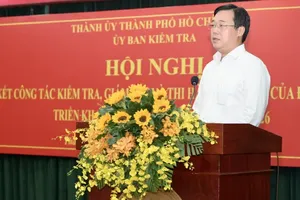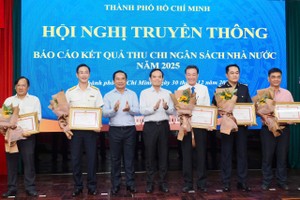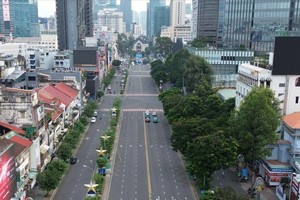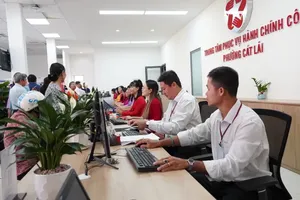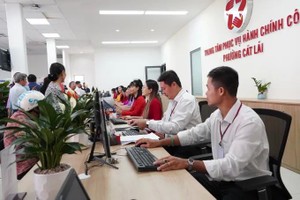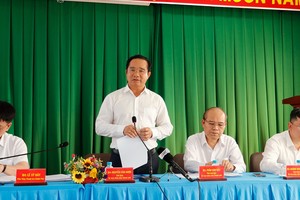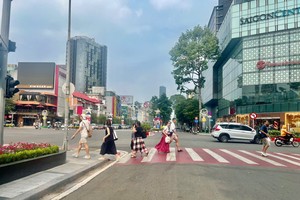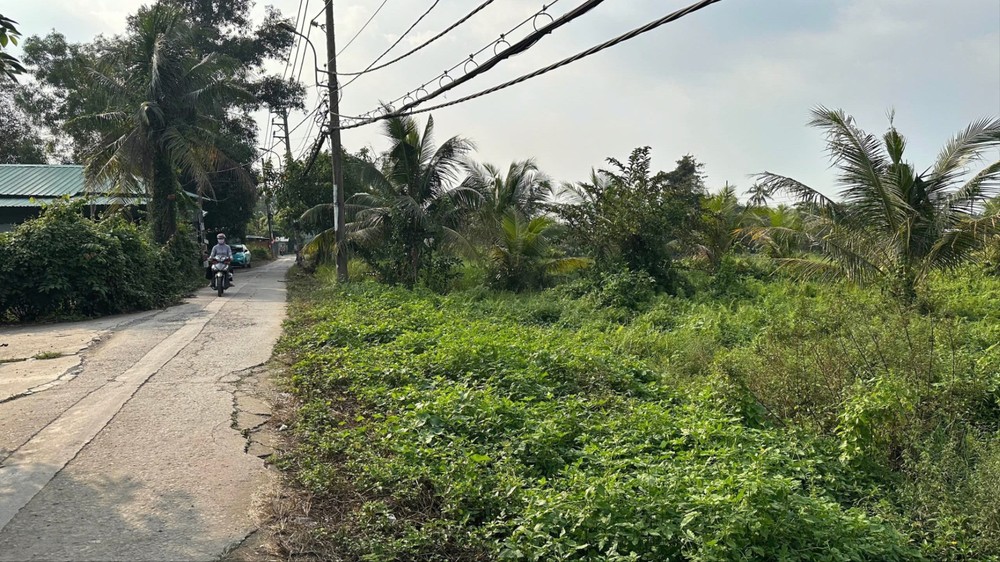
This potential hike has already led to numerous instances where residents have been forced to withdraw their land use conversion applications due to the prohibitively high land use fees calculated under the new land price list outlined in Decision 79/2024.
While experts acknowledge that an adjustment to agricultural land prices is necessary to potentially reduce the financial burden on individuals converting land use purposes, they emphasize the critical need for a reasonable and carefully considered increase. The current proposal's steep jump is proving to be a major obstacle for many, highlighting the urgency for a balanced approach to land valuation.
Reducing financial pressure for land owners
Director Pham Viet Thuan of the Ho Chi Minh City Institute of Economics Environmental and Resources commented that applying the price list according to Decision 79/2024 has a negative impact on the general market in the city. That is, reducing budget revenue from land use conversion, limiting the development of the real estate market, and deeply reducing the construction materials market due to the limitation of new construction by local inhabitants.
Recently, the Ho Chi Minh City Institute of Economics Environmental and Resources has sent a document to the Ho Chi Minh City People's Committee proposing to increase the price of agricultural land with residential land planning to 65 percent-70 percent in the land price list according to Decision 79/2024 previously applied in districts in the city.
According to Dr. Pham Viet Thuan, the scope of adjustment will apply to agricultural land plots mixed in residential areas with residential land planning, or residential land plots with agricultural land that has not been converted to residential land when there is a need to convert to residential land according to the guidance of the 2024 Land Law.
In addition, agricultural land without residential land planning will not be adjusted up according to the proposal, in order to create conditions for projects and industrial parks and clusters to develop in the long term.
The significant increase in agricultural land prices under the new land price list is creating substantial financial hurdles for residents seeking to convert land use purpose. A case in point is a resident in Tan Thanh Dong Commune of Cu Chi District. Upon learning of the new regulations, the resident submitted an application on October 30, 2024, to convert nearly 960 square meters of agricultural land to residential land; however, under the current calculation method based on the new land price list, he faces a staggering VND4.3 billion in land use fees.
Alternative calculation method proposed by the Institute would drastically reduce this financial burden. Under this proposal, if the agricultural land price were increased to 70 percent of the residential land price (which is VND4.3 million per square meter in his area), the agricultural land price would be VND3 million per square meter.
According to the calculation method prescribed in Decree 103/2024 on land use fees and land rent, the land use fee when changing land use purpose to residential land would be VND4.3 million - VND3 million = VND1.3 million per square meter. Consequently, for 100 per square meter, he would only have to pay VND1.3 billion, representing a reduction of over VND3 billion compared to the current calculation method. This example clearly illustrates the urgent need for a more reasonable and equitable approach to land valuation.
The State should consider carefully
However, some real estate experts believe that it is necessary to carefully consider raising agricultural land prices as proposed because it will lead to an increase in housing prices, affecting the development of real estate enterprises. In addition, there may be a situation of land accumulation waiting for conversion, causing the source of production land to develop slowly, deviating from the development of urban agriculture.
Chairman Vo Van Thuong of the Ba Ria Real Estate Club said that increasing agricultural land prices by 65 percent-70 percent of residential land prices could lead to many consequences. Agricultural land cannot be considered close to the value of residential land, which can easily lead to speculation in agricultural land waiting for prices to increase, causing the real estate market to have unfavorable fluctuations for projects that already have residential land.
Meanwhile, General Director Le Viet Lien of Ba Ria - Vung Tau Housing Development Joint Stock Company commented that when implementing a housing project, enterprises must change the land use purpose from agricultural land to residential land. When land prices increase, businesses are required to accumulate more money to be able to change the land use purpose. Meanwhile, at this time, real estate businesses are having a very difficult time managing their finances.
According to Lawyer Nguyen Canh, Director of Nguyen Canh Law Company Limited in Ho Chi Minh City’s Vung Tau Ward, adjusting the price of agricultural land to increase is necessary but must comply with the land valuation process according to the 2024 Land Law, with consultation with specialized departments, agencies and independent valuation consulting organizations.
To ensure fair and accurate land valuation, it's crucial to thoroughly understand and apply the principles of market-based land valuation methods as prescribed by the Land Law. Land prices should be determined by comprehensively gathering information from various sources, including the transfer market, land income, investment costs and neighboring land prices.
Crucially, land prices cannot be set as a fixed percentage of residential land prices. This approach fails to account for the unique market dynamics and characteristics of different land types and locations, leading to inaccuracies and potential inequities.





